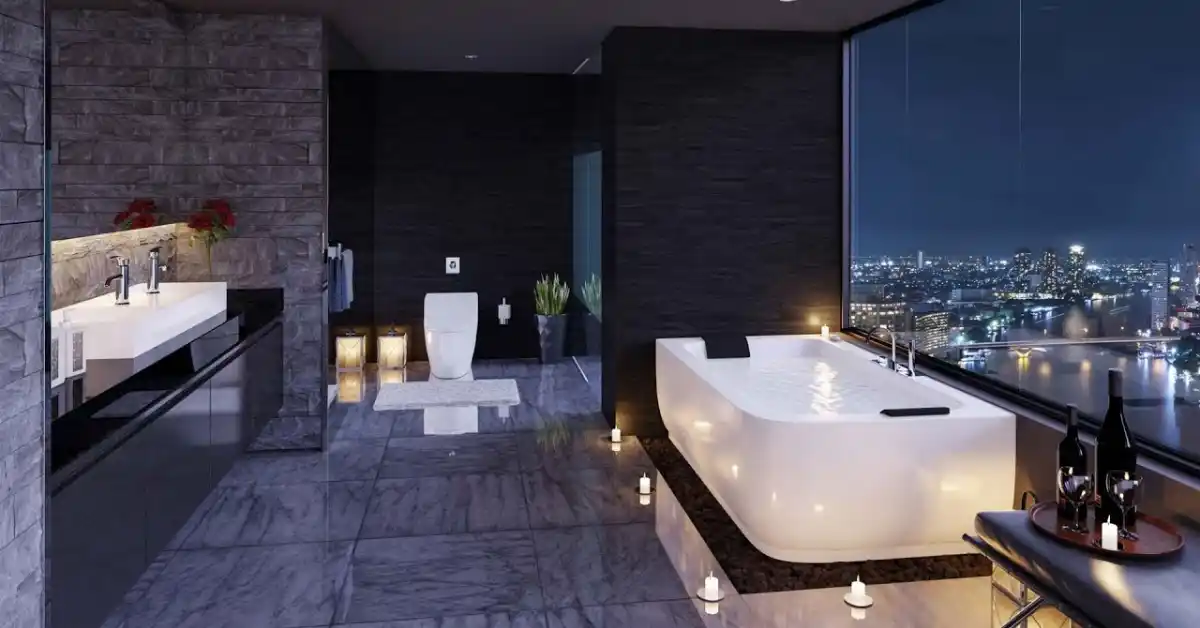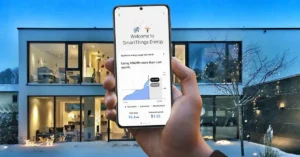Introduction: More Than Cosmetic Upgrades
Kitchens and bathrooms are often called the “heart” and “retreat” of the home. In 2025, remodeling these spaces isn’t just about aesthetics, it’s about boosting property value, improving functionality, and even impacting insurance coverage.
Modern kitchen and bathroom upgrades emphasize energy efficiency, smart technology, and durability. Whether you’re preparing your home for resale or simply enhancing daily comfort, these renovations consistently deliver some of the highest returns on investment.
What Are Kitchen & Bathroom Renovations? (Quick Answer)
Kitchen and bathroom renovations involve upgrading layouts, appliances, fixtures, and finishes to improve usability, efficiency, and value.
Typical projects include:
- Kitchens: Cabinet replacements, countertop upgrades, new appliances, lighting, and layout redesigns.
- Bathrooms: Shower and tub replacements, vanity upgrades, water-efficient toilets, and modern tile work.
Why Kitchens & Bathrooms Matter in 2025
Kitchens and bathrooms are focal points for both homeowners and buyers. Key reasons for their importance include:
- High ROI: Kitchens and bathrooms remain top-value renovations.
- Daily use: Families spend more time in these areas than any other besides bedrooms.
- Energy & water efficiency: Smart appliances, LED lighting, and low-flow fixtures reduce utility costs.
- Resale appeal: Homes with updated kitchens and bathrooms sell faster and at higher prices.
- Insurance implications: Major plumbing or electrical upgrades can reduce risks of water damage or fire.
Average Costs of Kitchens & Bathrooms in 2025
| Renovation | Average Cost (2025) | ROI | Insurance Impact |
| Minor Kitchen Remodel | $15,000–$25,000 | 65–75% | Limited |
| Major Kitchen Remodel | $30,000–$60,000+ | 55–65% | Limited but may raise coverage needs |
| Bathroom Remodel (Mid-Range) | $10,000–$20,000 | 60–70% | Moderate (plumbing upgrades reduce risk) |
| Bathroom Remodel (Luxury) | $25,000–$50,000+ | 55–65% | May raise coverage needs |
| Energy-Efficient Appliance Upgrade | $5,000–$12,000 | 60–70% | Lowers utility risks and costs |
Insurance Coverage & Renovations
Insurance doesn’t cover remodeling costs themselves but does consider upgrades when calculating replacement value.
- Plumbing Upgrades: Replacing old pipes reduces water damage risk → potential premium reductions.
- Electrical Upgrades: New wiring lowers fire hazards.
- Appliance Upgrades: Modern appliances are less prone to malfunction, though high-end ones may increase replacement costs.
- Flood/Leak Protection: Installing leak detection systems can sometimes qualify for insurer discounts.
Important: Notify your insurer after a major remodel. Failing to do so may leave your home underinsured.
Design & Functionality Trends in 2025
Kitchens
- Smart appliances: Wi-Fi-enabled ovens, refrigerators, and dishwashers.
- Quartz countertops: Durable, low-maintenance, stylish.
- Open layouts: Kitchen islands with seating remain popular.
- Energy-efficient lighting: LEDs and smart controls.
Bathrooms
- Walk-in showers: Replacing tubs with spacious showers.
- Smart mirrors & lighting: Adjustable brightness and built-in defogging.
- Water-saving fixtures: Low-flow toilets and faucets.
- Heated flooring & towel racks: Luxury meets energy efficiency.
DIY vs Hiring Contractors
| Project | DIY Feasibility | Risks | When to Hire Contractor |
| Painting cabinets/walls | High | Minimal | DIY friendly |
| Installing new faucets | Medium | Leaks if poorly done | Contractor for major plumbing |
| Countertop replacement | Low | Precision & safety required | Always hire contractor |
| Full remodel (kitchen/bath) | Very Low | Plumbing, electrical risks | Always |
DIY projects can work for cosmetic updates, but plumbing and electrical work should always be left to professionals. Mistakes here can void insurance claims.
Energy Efficiency Benefits
- Smart dishwashers & refrigerators: Reduce water/electric use by 15–30%.
- Low-flow faucets & toilets: Save up to 13,000 gallons of water annually.
- LED lighting: Lasts 25x longer and uses 75% less energy.
- Tankless water heaters: Improve efficiency and reduce space needs.
Tax credits in 2025: Certain appliances and water-efficient fixtures qualify for rebates or credits up to $2,000.
Real-World Examples
- Kitchen Upgrade in New York: A family spent $40,000 on a major remodel with quartz counters and smart appliances. Resale value increased by $25,000, and energy bills dropped 12%.
- Bathroom Remodel in Arizona: Replaced tub with a walk-in shower and low-flow fixtures. Insurance premiums decreased by $150 annually due to plumbing updates.
- Budget-Friendly Kitchen in Ohio: Minor remodel under $20,000 with refaced cabinets and new lighting delivered a 70% ROI.
Challenges of Kitchen & Bathroom Remodeling
- High upfront costs: Premium finishes and appliances are expensive.
- Disruption: Kitchens and bathrooms are essential spaces; renovations can disrupt daily life for weeks.
- Permit requirements: Plumbing and electrical changes require inspections.
- Insurance increases: Luxury remodels may raise replacement value and premiums.
- Scope creep: Costs rise when design plans change mid-project.
Tips for Homeowners in 2025
- Focus first on plumbing and electrical upgrades to reduce risk.
- Budget realistically, plan for 10–15% over project estimates.
- Take advantage of rebates and tax credits for efficient appliances.
- Avoid over-customizing if planning to resell, stick with timeless designs.
- Update your insurance policy after renovations to ensure full coverage.
Key Takeaways
- Kitchens & bathrooms remain the highest ROI renovations in 2025.
- Costs range from $10,000–$60,000+ depending on scope and finishes.
- Insurance doesn’t cover remodeling costs but considers upgrades for coverage value.
- Plumbing and electrical upgrades reduce risks and may lower premiums.
- Smart, efficient appliances bring savings and long-term value.




